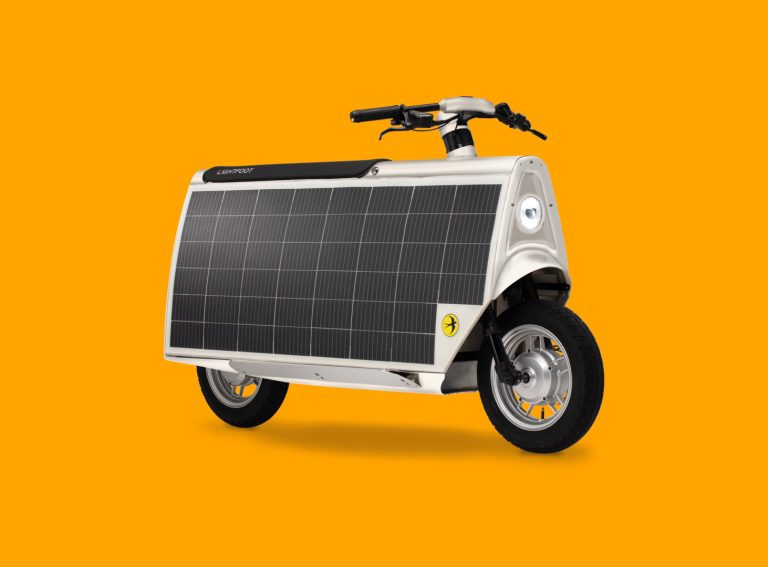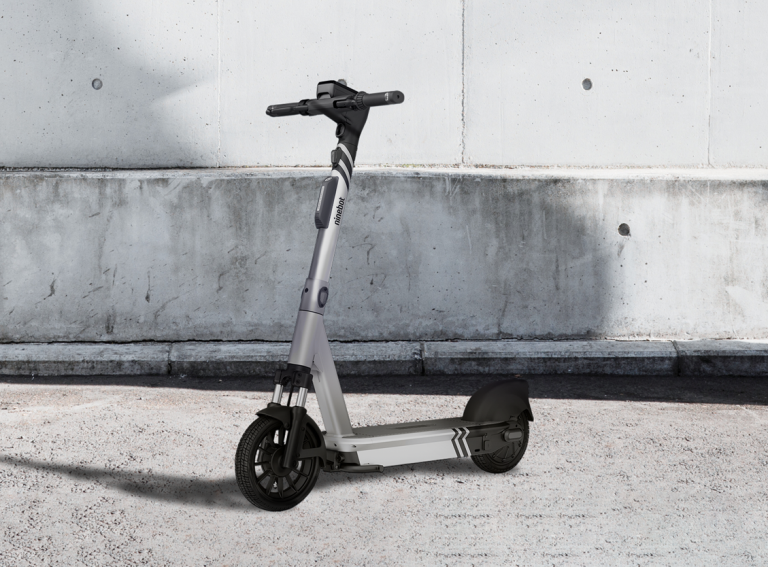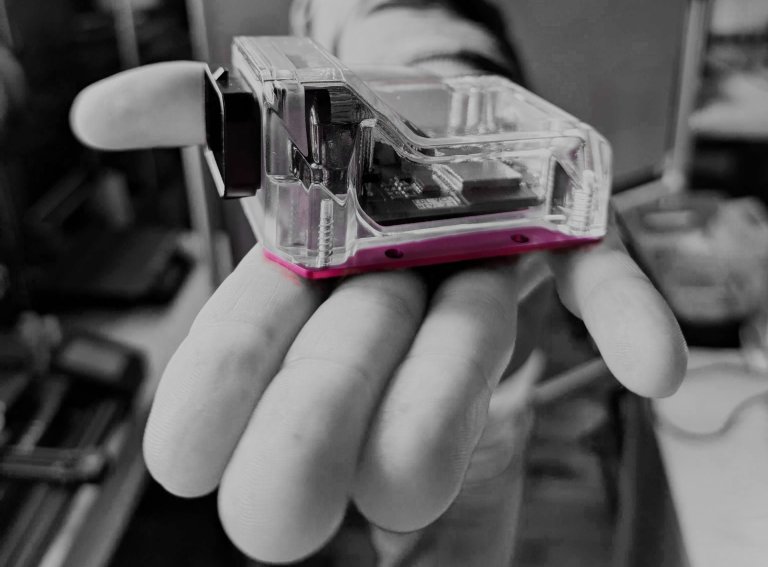Zag examines Segway’s B200 e-bike that centres on three design pillars – riding safety, operational efficiency and user experience
Segway has already built an extensive list of shared e-bikes under its Urban Series. The goal is to underscore the global micromobility giant’s commitment to continuously refine and fine-tune its vehicles to meet market demands.
Segway’s existing B100 e-bike and A200 series has been purchased by reputable operators like Tier, Dott, Inurba and Voi, while over in New Zealand, it has designed a much smaller and lighter e-bike with Beam that has brought a 50% increase in ridership.
With the B100 having been deployed for over a year, Segway now turns its attention to a new B200 model tailored for both shared operators and the food delivery market. ‘Meticulously refined’, the B200 implements operational feedback from the product line and takes the series forward to enhance operational adaptability.
“Shared e-bikes have experienced substantial growth in both fleet size and ridership across multiple markets in recent years,” says Yao Yao, Segway-Ninebot’s Strategic Product Manager of the Commercial Mobility Business Division.
“Segway has dedicated extensive R&D efforts from the outset to produce an e-bike that prioritises rider safety, user experience, and exceptional operational efficiency. We’ve done this by continually refining our latest model – the B200 – to meet market demands.”
Pillar 1: Riding safety
The first of Segway’s pillars is rider safety.
“Featuring 26-inch PU filled tires as in the A200P, the B200 ensures enhanced riding stability making it easier to maintain balance, especially on an uneven terrain.”
The goal is that riders don’t need to worry about unexpected incidents on the road and operators can rest assured that they won’t be repairing tires every few weeks.
A new dashboard features atmosphere light so that the display of vehicle riding information is more intuitive. Lighting colours and their corresponding functions can be customised in dimly lit locations giving the rider confidence when night-time riding. An array of icons on the dashboard lets the rider know the power level, speed and all of the other essentials for a safe and enjoyable ride.
“By leveraging our engineering expertise and feedback from previous shared e-bike models, the B200 seamlessly blends the agility of the B100 with the robustness of the A200P,” Yao Yao says.
Pillar 2: Operational efficiency
As much as riders might revel in the thought of a bike designed solely for them, there’s one party that Segway deems equally important: the operator.
A large battery capacity and 90 kilometre range means fewer battery swaps, and the bike features an IPX7 waterproof rating. The hub lock, drum brake and rear motor forms a 3-in-1 structure which reduces part redundancy, frees up design space, and lowers the risk of failure thereby reducing maintenance costs.
Building on the series’ previous Gen3 IoT, Segway now introduces Gen3Sg IoT – its latest iteration.
This includes precise positioning, on-board geofencing and an Acoustic Vehicle Alerting System which protects the safety of both the rider and the vehicle. Precise positioning improves the accuracy of vehicle tracking which enables operation staff to quickly locate vehicles for problem-solving and battery swapping.
Back to the basics, an aluminium alloy frame makes the B200 a physically strong bike, resistant to tough city settings, and therefore reduces operational and maintenance needs.
As an added customisation, the B200 can transform into a food delivery vehicle for this rapidly growing market. A delivery rack and box can be added according to the specific requirements of customers. There are two different front basket options available, varying in size and materials.
Pillar 3: User experience
With one bike comes three riding modes – turbo, eco and standard.
These offer real-time detection and power assistance through torque sensors, allowing users to tackle 14% inclines, and a maximum pedal-assist ratio that can reach 1:2.
The B200 weighs just 36.5 kilograms and comes with a 250-watt rear motor, while an adjustable seat accommodates heights ranging from 1.55 to 1.9 metres, making it a more comfortable ride regardless of height or body size.
For ease off the bike as well as on, wheel locking means the user can automatically lock the vehicle without needing to physically attach it onto infrastructure.
The B200 is the result of more than 200 vehicle tests on performance and component durability, as well as a year-long feedback phase from clients and cities.
“A comprehensive and mature approach to developing a shared product necessitates a full development cycle that incorporates real operational feedback from current customers. Our priority has been to ensure product stability and operational compatibility, rather than rushing through a short development cycle or copying from an existing model on the market.
“Therefore, we have invested significant time and effort over the years to refine the B200 before its launch, aiming to meet the specific needs of operators and cities.”



